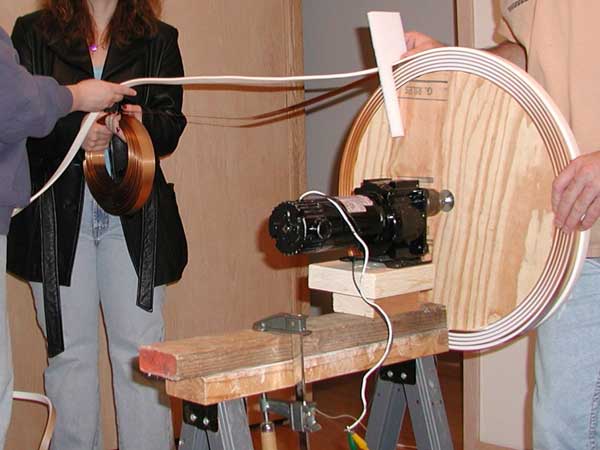Barker & Williamson coil
Hi, which Barker & Williamson coil would be better,@4 turns per inch . Airdux TL what would be 2404TL P/N or in the Miniductor the 3064 P/N . Thank You 4 your help
Hi, which Barker & Williamson coil would be better,@4 turns per inch . Airdux TL what would be 2404TL P/N or in the Miniductor the 3064 P/N . Thank You 4 your help





 I'm working on converting to parallel spark gap. I have to think of ways to do it. I will probably have to use two sets of coils to do this. Thank you for all your help zilano
I'm working on converting to parallel spark gap. I have to think of ways to do it. I will probably have to use two sets of coils to do this. Thank you for all your help zilano
Comment